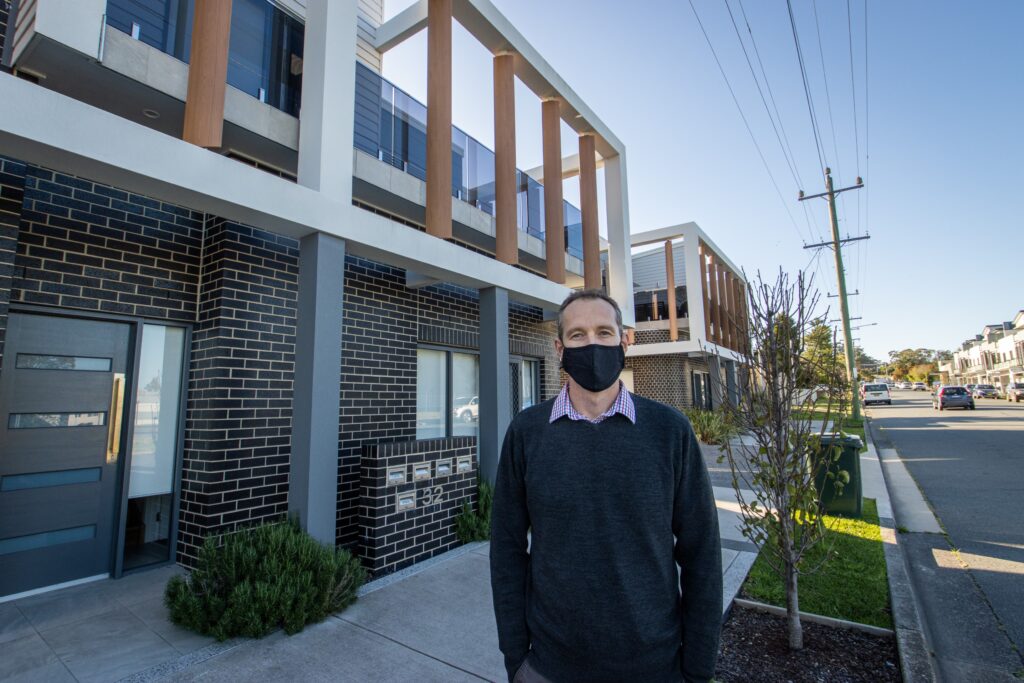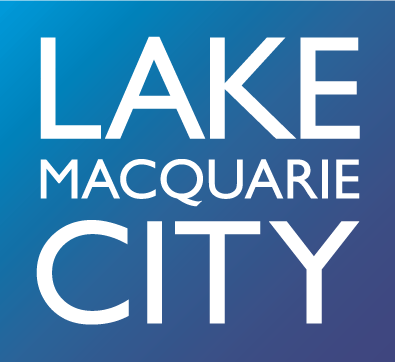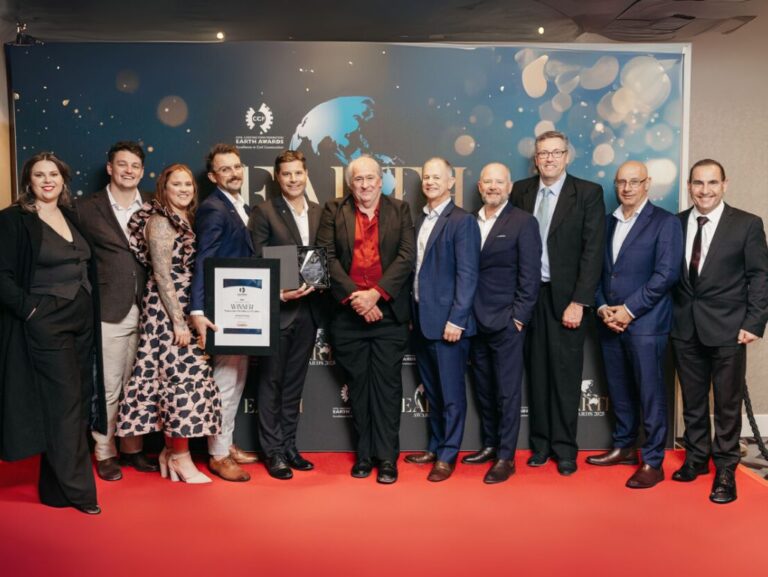Amended controls for medium density housing developments in Lake Macquarie are set to encourage sustainable growth in the city, supporting infill development rather than urban sprawl.
Draft changes to the Lake Macquarie Development Control Plan and Local Environment Plan on exhibition from last week aims to increase the supply and diversity of housing close to commercial centres.
That includes reducing minimum lot sizes in some R3 medium density zones, but only when developments are supported by sound design principles.
The changes also suggest expanding R3 medium density zones in some areas and increasing some building height limits to allow residential areas to step up towards economic centres.
Lake Macquarie City Council Manager Integrated Planning, Wes Hain said the city’s population was expected to grow by 28,000 people in the next 15 years, increasing demand for new housing.
“We’re expecting to see demand for 13,500 new homes between now and 2036 across Lake Macquarie,” he said.
“We know through previous surveys that people want greater housing options close to shops, jobs, schools and other services, but these options aren’t currently available to meet demand. These changes aim to provide more diverse housing through infill development.”
Infill development relates to the development or redevelopment of sites within existing urban areas.
“The other major consideration is housing affordability,” he said.
“We need to provide for a diversity of housing options that will provide housing at a range of prices to assist people find affordable accommodation.”
The draft amendments to medium density-zoned areas include:
- Allowing subdivisions under 200sqm when supported by sound design, and where it won’t compromise existing amenity and/or landscape.
- Adjusting R3 zone boundaries in some areas near economic centres.
- Increasing building heights by 1-3m.
Wes said maximum building heights would increase more in a small number of key growth areas.
“We’re proposing to increase building heights by four metres in parts of Windale and six metres in one part of Charlestown, in line with growth projections outlined in the Lake Macquarie Housing Strategy, which Council adopted last year after extensive community consultation,” he said.
“These are the first significant changes to development controls since we adopted that strategy. It’s really putting into practice the aims and requirements it identifies to help provide long-term housing solutions for our city.
“These changes will unlock further opportunity for infill development close to our economic centres, with careful controls in place to ensure we don’t compromise the character and amenity of our suburbs.:
The draft changes are on exhibition until 1 November. Letters outlining the proposed changes have been sent to affected and surrounding property owners.
Council will also host online information sessions later this month to provide further insight.
Residential housing zones in Lake Macquarie
| Zone | Description |
| R1 – General Residential | Provides for a variety of housing types and densities for sensitive development of land at North Wallarah Peninsula |
| R2 – Low-density Residential | Primarily free-standing homes, with some dual occupancies and duplexes within a low-density residential environment |
| R3 – Medium-density Residential | Diversity of housing types (freestanding homes, duplexes, townhouses, low-rise apartments, flats) within a medium-density residential environment, generally located close to commercial and business centres |
IMAGE | Lake Macquarie City Council Manager Integrated Planning, Wes Hain outside a recently completed medium density infill development in Warners Bay.







